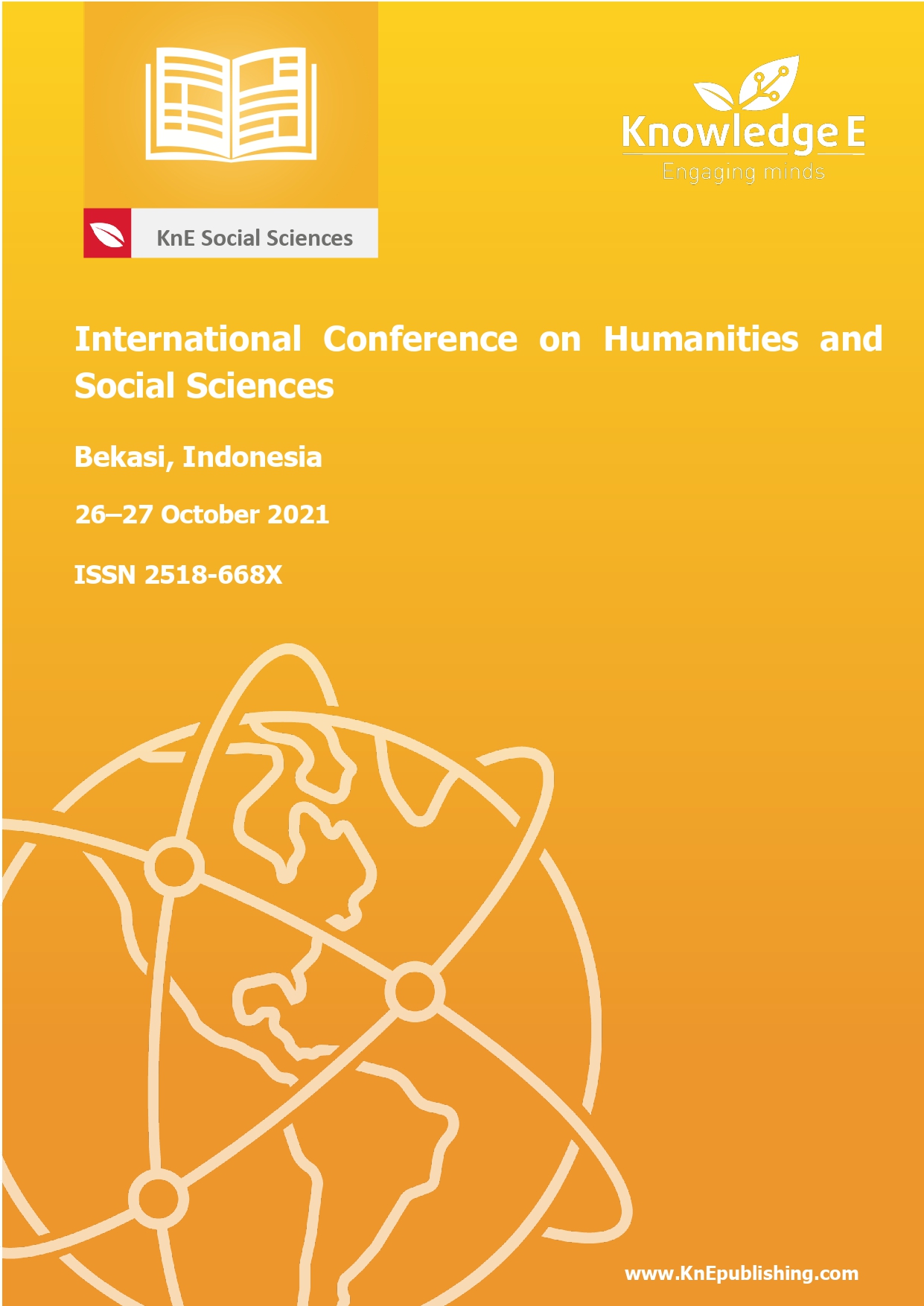Plural Society: Interaction Between the Local Community and Foreign Workers in Bayah, Lebak Regency, Indonesia
DOI:
https://doi.org/10.18502/kss.v7i4.10522Abstract
This article analyzes the interaction of local communities with foreign workers in the Lebak Regency, especially in the Bayah District. Bayah was chosen as the locus of the study because it is the location of several large companies that employ foreigners. The implication is that diverse identities in the socio-political institutions coexist, namely residents and foreign workers. This research considers whether the relationships built are conducive to forming social integration or can trigger friction between communities so that the relationships are conflictual. To answer this, the concepts of plural society and multiculturalism and several conflict theories were used as analytical tools. The results showed that the interaction patterns of local communities and foreign workers exist exclusively for each other. It is difficult to create spaces for interaction between communities with different identities, so this can trigger conflict and negative sentiments towards foreign workers, the majority of whom are from China. The consequence is that the interactions that are formed show ‘mixed but not combined’ – to borrow the phrasing of J.S Furnivall, which is a condition of people with diverse identities living side by side but not blending into one socio-political unit, leading to the potential for conflict.
Keywords: plural society, conflict, foreign workers, local community
References
[2] William D. H. li. Developmental State, Human Rights and Migrant Workers. Development Social. 2011;40(1):139–51.
[3] Rubdy, Rani, Mvc Kay SL. “Foreign Workers” in Singapore?: Conflicting Discourses, Language Politics and The Negotiation of Immigrant Identities. Int J Soc Lang. 2013;
[4] Kim NK. The Migrant Workers’ Movement in the Democratic Consolidation of Korea. Journal of Contemporary Asia. 2012;42(4):676–96.
[5] Waluyo SD, Wahyudi B, Dohamid A. Tenaga Kerja Asing di Cilegon dalam Perspektif Ketahanan Negara. Bogor, Indonesia; 2017.
[6] Wahyudi B, Waluyo SD, Susilawati N. Pencegahan Konflik Tenaga Kerja Indonesia dan Tenaga Kerja Asing Di Kota Cilegon Provinsi Banten. Bogor, Indonesia; 2017.
[7] Choi Y. High-risk work, cultural conflicts and labor mobility: The experiences of foreign workers in the shipyard industry on the Korean East Coast. Int Area Stud Rev. 2014;17(1):57–74.
[8] Ang S, Van Dyne L, Begley TM. The employment relationships of foreign workers versus local employees: A field study of organizational justice, job satisfaction, performance, and OCB. Journal of Organansation Behaviour. 2003;24(SPEC. ISS.):561–83.
[9] Wahyuni S, Bachtiar N, Elfindri E, Ridwan E. Review of Literature on The Impact of Foreign Workers on Wages Keywords:Foreign Workers; Wages. 2019;
[10] Krjukova I, Schalk R, Soeters J. Local/foreign status, cultural background, and organizational citizenship behaviour: A study among foreign and local workers in The Netherlands. European Journal of Work Organ Psychol. 2009;18(4):464–76.
[11] Fukuoka Y. Politics, Business and the State in Post-Soeharto Indonesia. Journal of Contemporary Southeast Asia. 2012;34(1):80.
[12] Umagapi JL. The Rise of China-Indonesia Relationship: Soft Power, Resources, and Prospect in the Future. Journal of Indonesian Perspective. 2017;2(2):131.
[13] Hamid A. Populism in the 2017 Jakarta Gubernatorial Election. Journal of Governance. 2019;4(1).
[14] Wahyuni T. Kisah Ratusan Pekerja China di Tanah Lebak. CNN Indonesia [Internet]. 2015; Available from: https://www.cnnindonesia.com/nasional/20150816093859-20- 72444/kisah-ratusan-pekerja-china-di-tanah-lebak
[15] Lee. Furnivall ’ s Plural Society and Leach ’ s Political Systems of Highland Burma Reviewed Work ( s ): Colonial Policy and Practice?: A Comparative Study of Burma and Netherlands India by J . S . Furnivall?; Political Systems of Highland Burma?: A S. 2019;
[16] Pedersen P. Multicultural conflict resolution. In: The Handbook of conflict resolution: Theory and practice [Internet]. Wiley Publishing; 2006. p. 649–70. Available from: https://psycnet.apa.org/record/2006-12760-029
[17] Chowdhury F. Cultural Diversity in Mediation and Conflict Resolution [Internet]. 2014. Available from: https://www.mediate.com/articles/ChowdhuryF1.cfm
[18] Lan TJ. Heterogeneity, politics of ethnicity, and multiculturalism What is a viable framework for Indonesia? Wacana, Journal of the Humanities of Indonesia. 2011;13(2):279.
[19] Huntington S. The Clash of Civilization and Remarking of World Order. New York: Simon & Schuster; 1996.
[20] Riswanda M, Hikmawan D, Ramadhan G, Nurrohman B. Making sense of the politics of recognition: Indicators of religious tolerance in Banten, Indonesia. International Journal of Engineering Research and Technology. 2020;13(11):3386–97.

